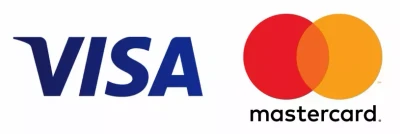Dollar Spot appears as small spots of bleached turf on close mown turfgrass. Some of the spots may coalesce to form large areas of affected turf.
Symptoms | Small spots of bleached turf will appear on close mown turfgrass. Some of the spots may join together to form large areas of affected turf. White mycelium may be present on affected areas on dew mornings. |
Susceptible grass species | Bentgrass, annual meadow-grass and fescue. |
When does it appear? | Will appear in the Summer and Autumn. |
Turf Condition | Surface wetness and low fertility. |
Causes
The grass species Fescue (Festuca) are normally the most susceptible.
Spots about 25-50mm (size of an American Dollar) in diameter of a distinct straw coloured, almost bleached looking grass that are slightly sunken.
Leaf lesions have a bleached white centre and reddish brown borders, some mycelial growth may be visible in early morning.
Dollar Spot is triggered by:
Prolonged periods of leaf wetness.
Moderately dry soil.
Humid conditions with temperatures of 21-26C.
Low to deficient nitrogen (N) fertility.
Excessive thatch.
Cultural Control
Reduce periods of leaf wetness.
Water early mornings and not in the evenings.
Maintain good nutritional inputs.
Apply amino acids to help elevate stress.
Aerate to ensure that root zone is not compacted.
Manage thatch levels in a programmed approach.
Reduce mowing and box-off cuttings from affected areas if possible.
Chemical Control
Apply Dedicate (Tebuconazole and Trifloxystrobin), Ascernity (Solatenol and Difenoconazole) or Instrata Elite
Always add Prestige Super Recovery to each fungicide application.
Notes:Use fungicides as part of an IPM programme and be aware of causing resistance to one chemical group by its regular use.
Use plant protection safely. Always read the label and product information before use












